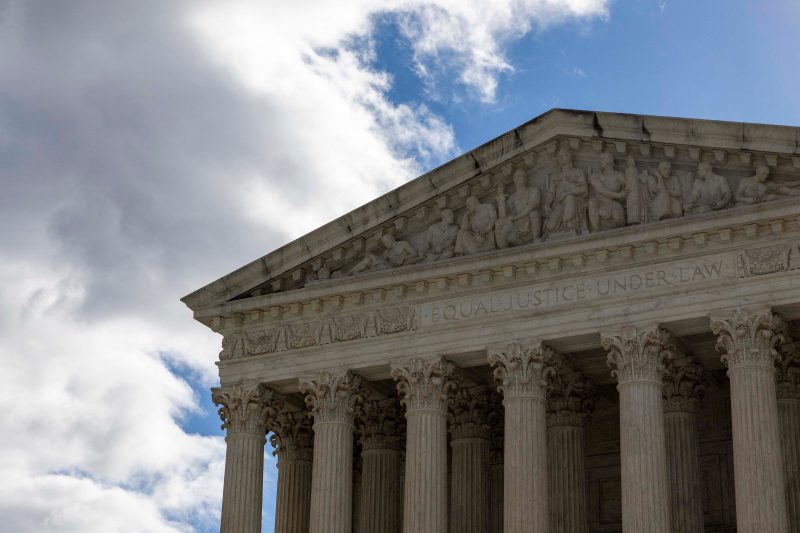The recent decision by the U.S. Supreme Court to take on several important cases has sparked widespread interest and speculation among legal experts and the general public alike.
One of the cases that the Supreme Court has agreed to hear involves the regulation of vape products. This particular case centers around the legality of restrictions placed on the sale and marketing of electronic cigarettes and vaping devices. The issue at hand is whether such regulations infringe on the rights of manufacturers and retailers, or if they are necessary measures to protect public health and safety.
The vaping industry has experienced explosive growth in recent years, particularly among young people. Concerns about the health risks associated with vaping, especially among minors, have prompted many states and localities to implement stringent regulations on the sale and distribution of vape products. Proponents of these regulations argue that they are essential for preventing underage use and curbing the spread of vaping-related illnesses.
On the other hand, opponents of the regulations contend that they unduly restrict the freedom of businesses to market and sell their products. They argue that such regulations are based on questionable scientific evidence and are overly burdensome for manufacturers and retailers. The Supreme Court’s decision in this case could have far-reaching implications for the future of the vaping industry and the regulation of tobacco and nicotine products.
Another case that the Supreme Court will be addressing involves access to pornography for minors. This case raises important questions about the balance between protecting children from harmful content and upholding the right to free speech. The issue at the heart of this case is whether states can impose restrictions on access to pornography, particularly online, in order to prevent minors from being exposed to explicit and harmful material.
Advocates for restricting access to pornography argue that such measures are necessary to safeguard the well-being of children and prevent the negative effects of early exposure to explicit content. They contend that parents and guardians should have the right to control their children’s access to pornography and that state regulations are in the best interests of minors.
On the other side of the debate, opponents of restrictions on pornography argue that such measures violate the First Amendment rights to freedom of speech and expression. They maintain that the responsibility for monitoring children’s access to pornography should rest with parents and guardians, rather than the government. They also raise concerns about the potential for censorship and the chilling effect that restrictions on pornography could have on free speech.
The Supreme Court’s ruling in this case will have significant implications for the ongoing debate around children’s access to explicit content and the boundaries of free speech in the digital age. It is a complex and nuanced issue that touches on fundamental principles of individual rights and public protection.
In conclusion, the cases that the Supreme Court has agreed to hear involving vape regulations and minors’ access to pornography are of crucial importance to the legal landscape of the United States. These cases raise complex and contentious issues that touch on a range of fundamental rights and principles. The Court’s decisions in these cases will have far-reaching implications for the regulation of industries, the protection of children, and the boundaries of free speech in American society. It is a critical moment in the legal system, and all eyes will be on the Supreme Court as it deliberates on these important matters.

